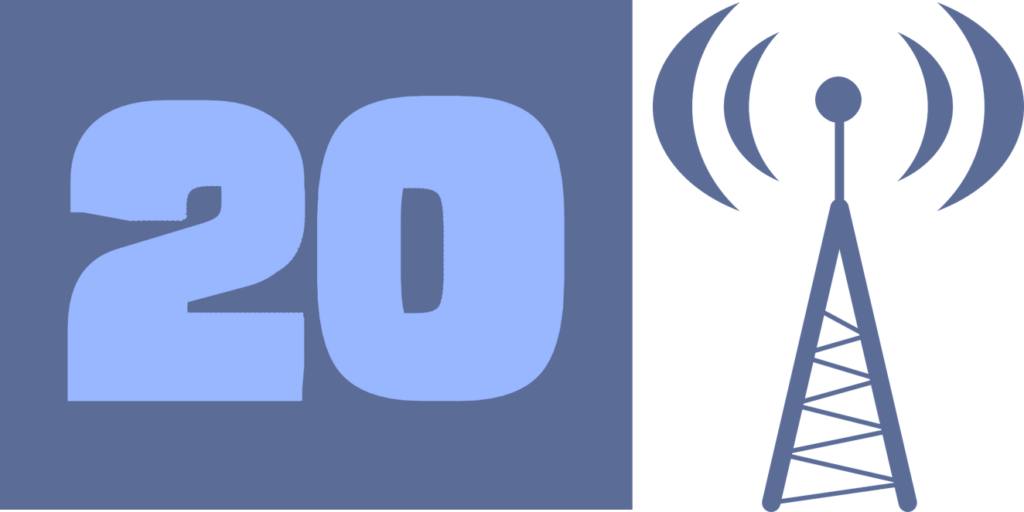
But wait – there’s more.
Yesterday’s post highlighted a nice punch list of 10 great things to have come out of 2020 for radio. And to let you know it was no fluke, today’s post runs down another 10 plusses that emerged from what so many consider the Worst. Year. Ever.
Yes, 2020 changed radio. And not necessarily for the worst. In fact, many of the trends bubbling under in previous years were accelerated and even amplified by what we all experienced last year.
Here’s the proof:
11. Radio personalities are looking good
So much for that hackneyed notion of having “a face for radio.” There are cameras in more and more studios, so there’s no excuse for a bad on-screen appearance. And personalities across all formats have come to realize that it’s almost as important to look good as it is to sound good.
Many have improved and nurtured their appearances and on-screen skill set – and have developed a presence and a “look” for visual content, whether it’s video, photos, or both.
This became clear to me while watching numerous Morning Show Boot Camp virtual panels this past fall. The sessions populated by talent were considerably better than the ones with radio execs and consultants. They were more entertaining and easier to watch.
At the time, Don Anthony told me, “Many on-air hosts, especially morning shows, have spent the last several months managing their shows from home, connecting with their cast members via multiple screens. They’re used to talking to an audience they can’t see.”
The charming Shawn Tempesta hosted a session that included Kellie Rasberry (“Kidd Kraddick Show”), Spence, Jason Mahoney (of “Dave & …”), and Nick Steele, along with 98Rock/Baltimore PD Rick Strauss. The panel explained why visuals are the new currency for personality radio. Here’s a quick segment from the session:
12. Yes, local matters
Radio has been the hometown medium since its inception. Stations are licensed to local communities, whether they’re in New York City, Nome, or Naples. But in recent years, digital has upended the notion of neighborhoods, much less entire regions. Syndicated radio shows have become standard fare, and the competition for consumers often comes from national or even international players, from SiriusXM to Spotify.
But 2020 brought radio’s local roots back into focus. While COVID was, by definition, a global pandemic, the effects 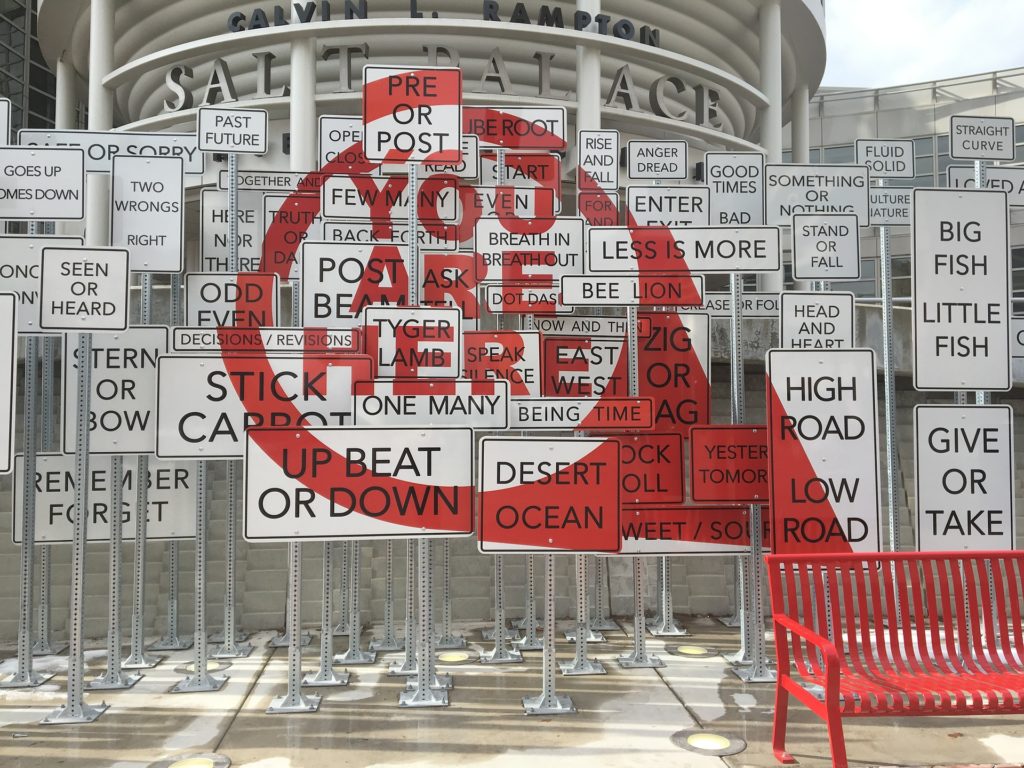 we felt were intensely local. Whether it was stay-at-home orders and other restrictions, the state of community hospitals, or the politics of our area, the coronavirus was a reminder that being informed about local issues was of primary importance to all of us.
we felt were intensely local. Whether it was stay-at-home orders and other restrictions, the state of community hospitals, or the politics of our area, the coronavirus was a reminder that being informed about local issues was of primary importance to all of us.
Even today, we see different parts of the country – and even communities – impacted differently by COVID and its reverberations. And the vaccine rollout is already taking on local characteristics, depending on a myriad of factors.
Cue radio. Tuned in radio stations seized the moment last year, and turned their focus inward to their local markets – fundraisers, supporting frontline workers, and creating promotions in partnership with local businesses.
Yes, it matters what happens in Wuhan or Washington, D.C. But a conduit to the local community became of great importance in 2020.
13. Zoom has ushered in a “new intimacy”
The ways in which radio stations had to communicate with staffs – and even audiences – radically shifted. Virtual meeting platforms have become the primary way we now interact with those we report to or lead since the COVID outbreak began. At my own companies, conventional telephone conference calls have been mostly replaced by virtual meetings – and Zoom is the brand that has been the true game-changer.
For airstaffs, virtual has replaced bar nights, while animating social media in unique ways. Throughout the year,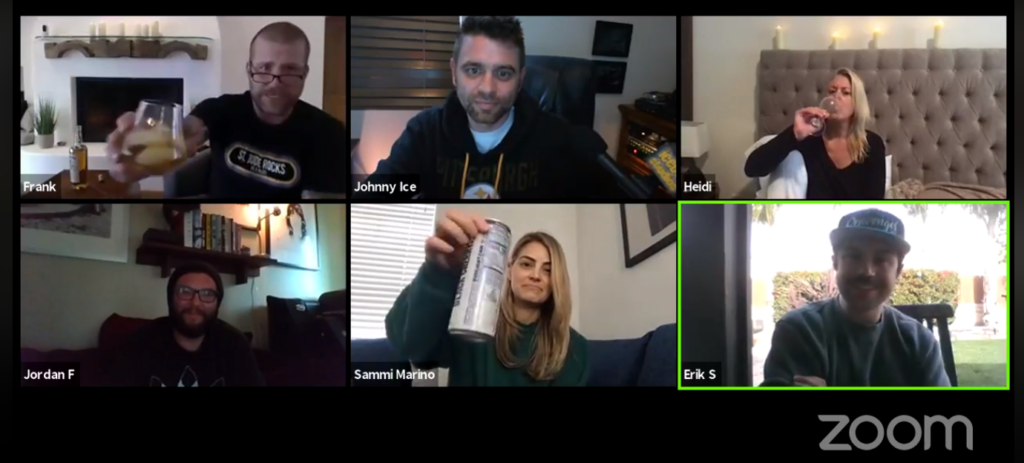 station programming and marketing staffs have creatively used this relatively new medium to interact with listeners – many of whom are in need of camaraderie from local radio as the crisis has expanded.
station programming and marketing staffs have creatively used this relatively new medium to interact with listeners – many of whom are in need of camaraderie from local radio as the crisis has expanded.
This included virtual “Happy Hours,” of course, but creative stations and personalities found a way to get even more out of these platforms, making connections even more intimate for audiences.
I’ve even shifted our own focus with talent to the Zoom format. Rather than listen to an aircheck and a resume, followed up by phone call with a prospective on-air personality, virtual meetings are more revealing.
Thanks to platforms like Zoom, I can get a measure of talent by taking in their visual presence – their look, their environment, and their prep. As digital media helps expand radio’s boundaries, these interviews have taken on a whole new look and feel.
14. “9th caller” contests and other crutches have all but become extinct
An outgrowth of the pandemic has been the end of ticket giveaways and station remotes – both of which have either disappeared or greatly diminished. Historically, these have been key tools radio has used for contesting and sales promotion.
COVID changed all that, forcing radio broadcasters to create better content, as well as sales support not predicated on 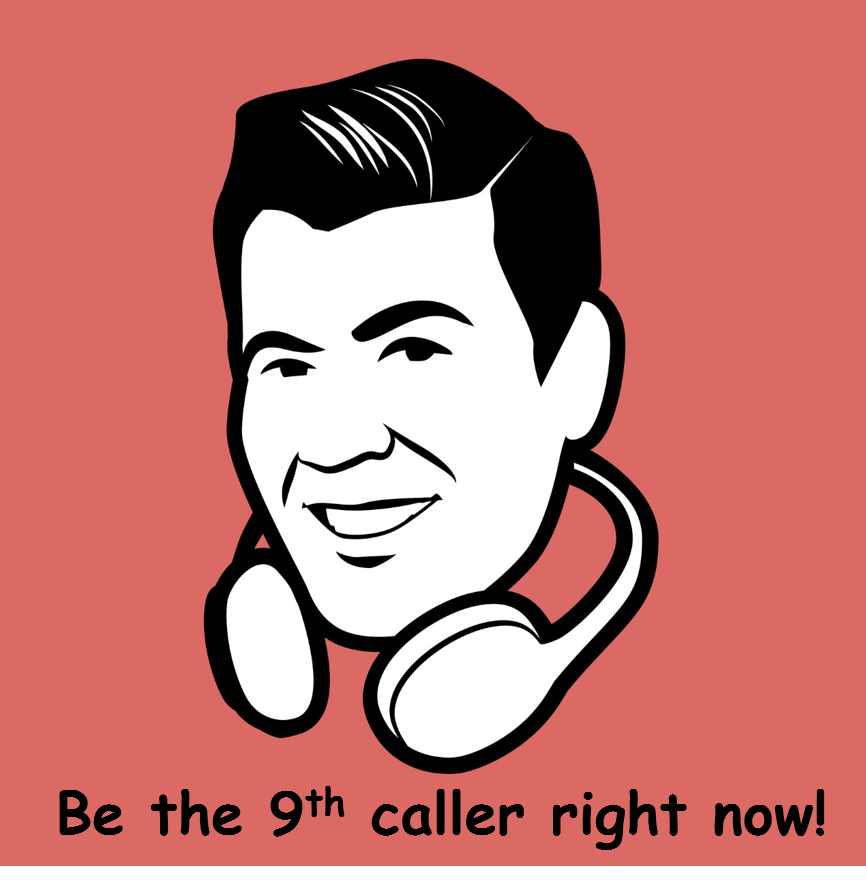 sending out the van, the tent, the inflatable, the card table, and a group of street teamers.
sending out the van, the tent, the inflatable, the card table, and a group of street teamers.
Moving forward, programmers and sales managers will have to reinvent how they carry out their missions and accomplish their goals. Both of these tools – or “crutches” – have had to be replaced by strategies and tactics congruent with our new “terms and conditions” of creating content and generating results.
15. Race became an issue – for the U.S. and for radio
For several weeks, the Black Lives Matter movement mushroomed into an even bigger news story than COVID. And at the midway point of 2020, iHeart Media addressed the need for information in the Black community by flipping scores of radio stations across the country to a new entity – the Black Information Network.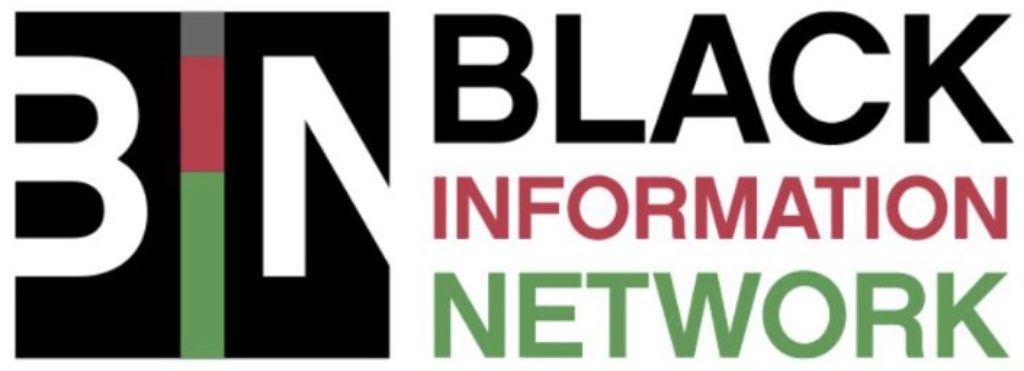
Social change was an ongoing theme throughout the rest of the year, becoming an important part of the November election narrative, not just nationally but in local races as well.
For radio, a change in focus could be the beginning of not only making the medium even more welcoming to more diverse demographics, but also by ushering in a new era of programming, marketing, hiring, and serving communities.
16. Radio stepped up its nostalgia game
It became clear to trendwatchers, sociologists, researchers, and radio programmers that stressed-out consumers were primed for a retreat back to comfort – food, television, movies, music – and radio.
Gold-based formats like Classic Rock, Classic Hits, and “old school” Hip-Hop had a leg up in 2020, while those dependent on current music releases were likely to have felt shortchanged by the events of the year.
And whether it turns out that Christmas music stations scored record ratings this season – or just their usual December 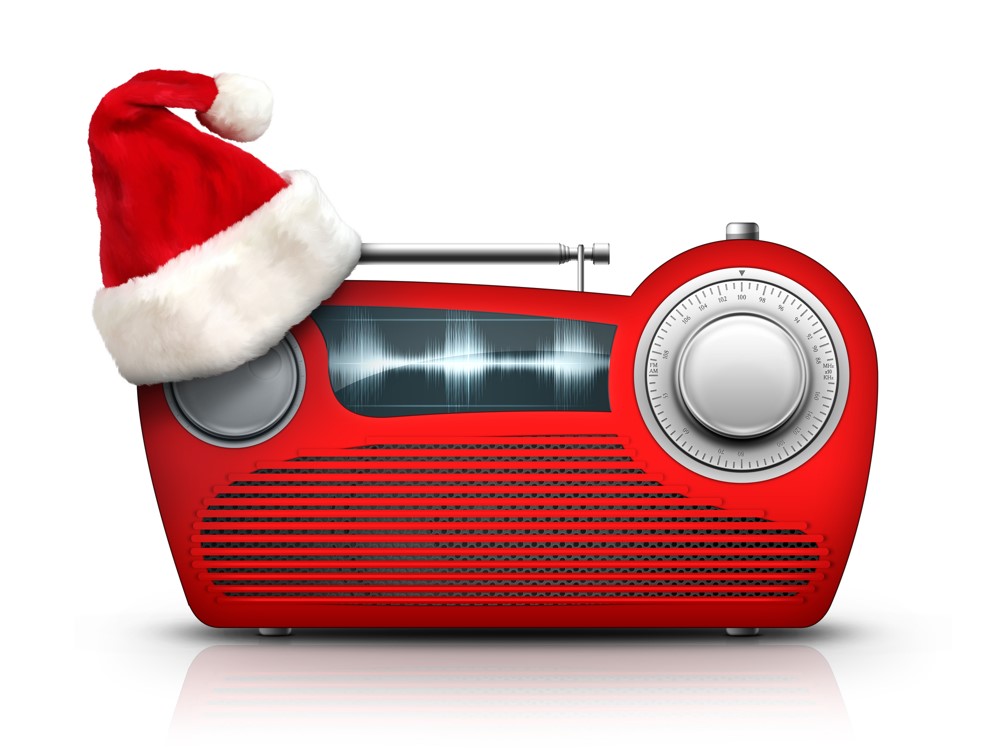 domination – we learned even more about why this tactic is so important to radio.
domination – we learned even more about why this tactic is so important to radio.
Perhaps more than any other medium, radio has the ability to provide those throwback memories of perceived better days from our past lives. That “back in the day” mindset worked in television, too, as consumers enjoyed being transported back to kinder, gentler, more fun times.
While radio nostalgia may not be as potent post-pandemic, 2020 is a year when consumers heard – and enjoyed – a lot of old stuff on their favorite radio stations. It will continue to be a key component of radio’s strengths moving forward.
17. Special programming made a comeback
Prior to 2020 in PPM markets, in particular, many PDs had became wary of the value of feature and stunt programming. But COVID may have shifted their thinking.
Last year, more and more programmers went back to the creativity well, dusting off tried-and-true tactics, while creating new concepts that spoke to the changes in the country, and in the world.
In other situations, programmers tried “reshuffle the decks” weekends, programs, and special days, all designed to break up the monotony, while seeking more tune-in from bored audiences, unable to attend concerts, sports, and other events.

Long-form stunts made a return as well, as stations found their reliable concert seasons upended by the pandemic, and the closure of venues and the cancellation of tours.
As iconic events like South By Southwest, Lollapalooza, Coachella, and Bonnaroo were scratched by organizers, it became abundantly clear that homegrown festivals would suffer the same fate.
This was especially the norm in Alternative radio where seemingly every station festival was postponed or aborted throughout the year, greatly impacting the lifestyle of the audience, as well as the bottom line of many radio stations, dependent on the revenue from both ticket sales and sponsor support.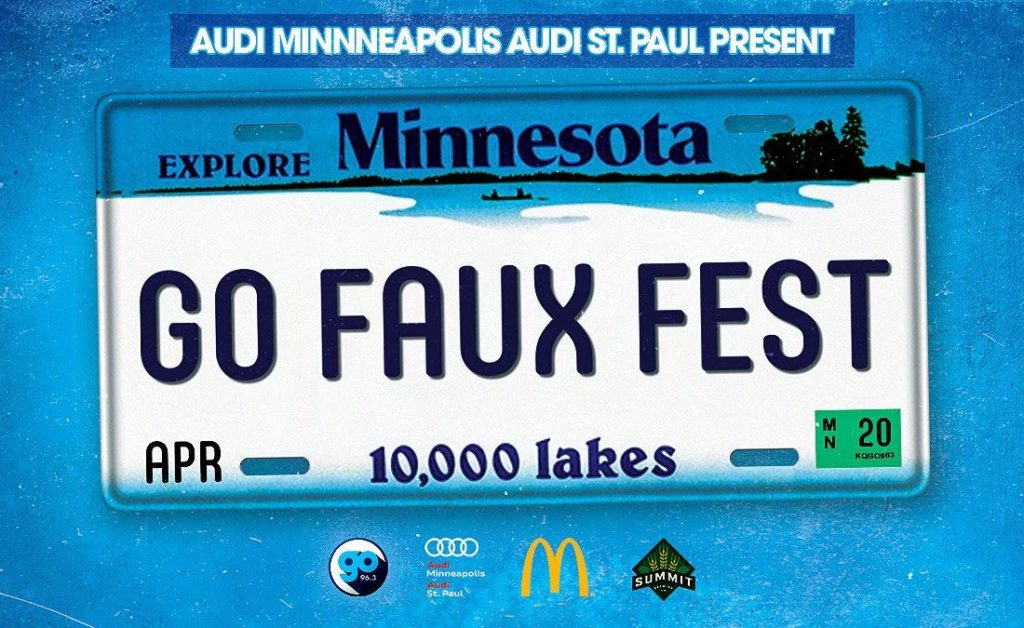
In market after market, “faux festivals” and other virtual events became more common, often energizing audiences looking for anything new and different on the radio.
Many of these were clever, well-packaged, and effective at holding ratings and adding revenue to the books throughout the concert drought.
18. The stream is not just a radio “side dish”
One of the unintended consequences of the pandemic is how millions of us ended up at home. And in the process, many listeners made the discovery they no longer owned a regular radio. Or it was inconveniently located in a garage, on a workbench, or on a nightstand.
And that meant a greater dependence on station streams, whether on computers, mobile, phones, tablets, smart speakers, speaker systems, or even connected TVs.
Of course, it helped to have already had a strong streaming strategy in place. For most stations that have truly benefited from increased streaming numbers since the COVID outbreak, that has typically meant a solid mobile apps program, smart skills for those Amazon devices, and a consistent policy of marketing these new listening locations to an audience disrupted by the pandemic.
I have talked to numerous jacapps clients about their metrics as COVID consumed our lives. In many cases, they experienced a growth spurt in streaming listening. And when Nielsen made their headphone adjustments on station streams this past October, many stations reaped the benefit of listening increases.
For many consumers, a new reliance on streaming signifies a marked usage shift that isn’t likely to return to “normal,” even after they return to work or their lives settle in.
19. “Sticky” personality shows are radio’s franchise players
In the same way most don’t question the value of superstars like LeBron James, Mike Trout, or Patrick Mahomes, radio’s personality juggernauts proved what researchers and strategists have known all along – they are critically important assets, especially during “crunch time.”
And that’s precisely what 2020 was all about. While millions lost their livelihoods, worked out of their homes, and were 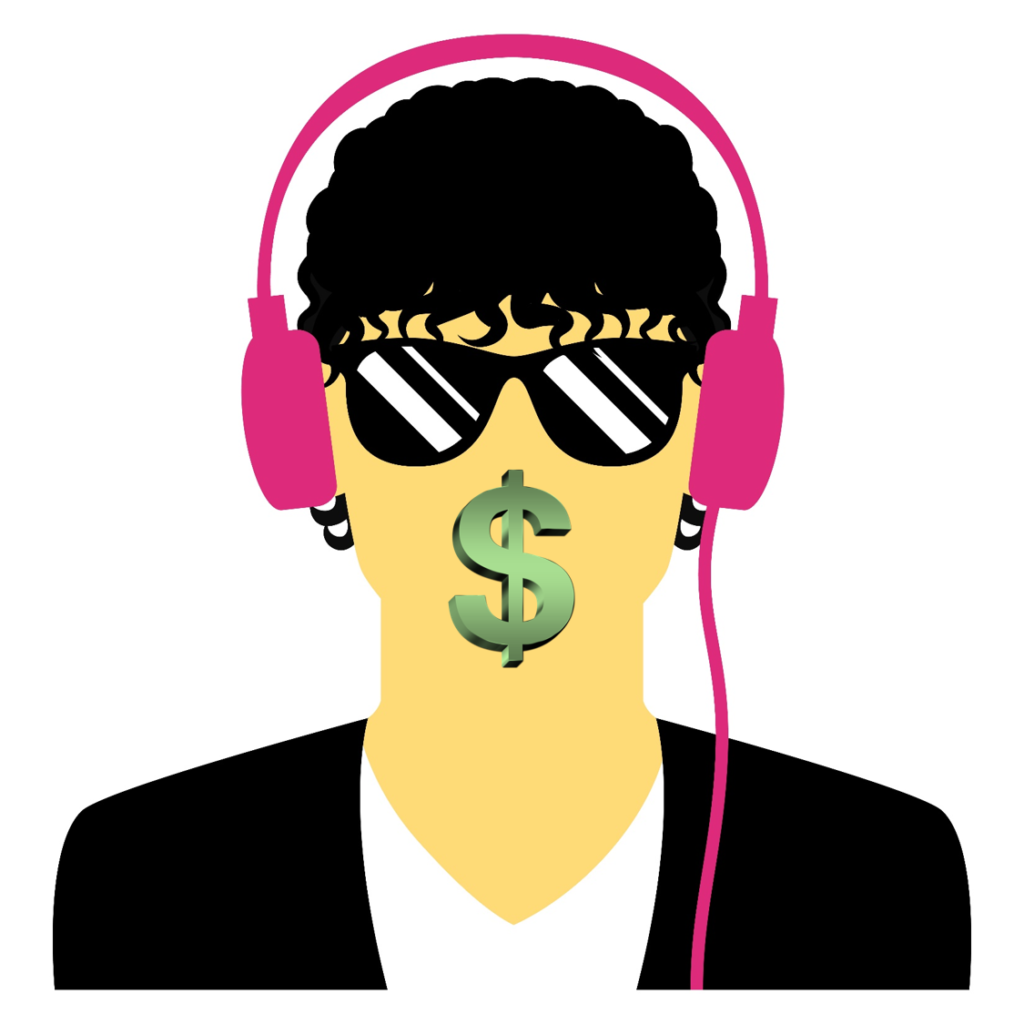 profoundly impacted by the pandemic and its tentacles, most consumers still found a way to listen to and enjoy their favorite shows. While some broadcasters experimented with moving morning shows to later hours to adjust to changing lifestyle shifts, the very best shows maintained their footings – and their audiences.
profoundly impacted by the pandemic and its tentacles, most consumers still found a way to listen to and enjoy their favorite shows. While some broadcasters experimented with moving morning shows to later hours to adjust to changing lifestyle shifts, the very best shows maintained their footings – and their audiences.
Yes, you can see it in the ratings. But it’s even more important when you hold the value of station personalities up against the ravages of the pandemic. In our COVID studies, we saw a majority of radio listeners tell us they felt an even stronger connection with favorite shows.
And we saw it again and again on social media, where shaken consumers turned to radio personalities for companionship, camaraderie, and a sense of familiarity and consistency – especially in the middle of a storm that showed no signs of letting up. Again and again, you can’t help but see these appreciative messages from grateful fans.
Here’s a thankful tweet from a fan of the Dave & Chuck the Freak Show at WRIF in Detroit – the #1 show in the market among 25-54 adults book after book. Here’s why:
I must give props to @DaveHunter313 @Chuckthefreak @LisaWayradio @AndyGreenradio @WHOtheFisJC @jasonthejoo. Thank yous for all you’ve done to take away and put aside the nonsense during this grim ass year. So proud to listen to yous on the @101wrif. Keep up the great work in 2021
— Andy LaFata (@Heroplenty) December 31, 2020
20. Quality news matters
While news and information have been experiencing serious shrinkage in commercial radio for many years now, there’s something about the confluence of a pandemic, “the most important election of our lifetime,” and racial unrest like this country hasn’t seen in decades.
All of a sudden, news you can trust was no longer a commodity – it was a necessity. And perhaps this trend was amplified by the shrill cacophony from cable news – no matter which side of the political spectrum you occupy.
In commercial radio, there are still some strong news and/or talk stations providing impressive local service, but they have become fewer and farther between.
In public radio, the national networks like NPR, American Public Media, and others have been dutifully producing quality 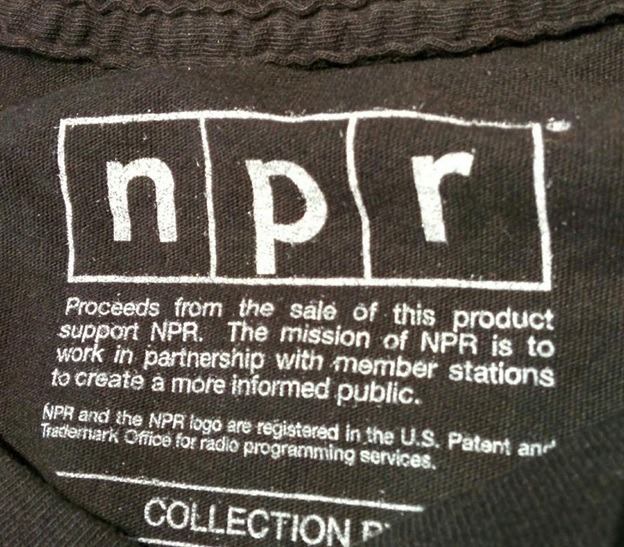 news and information programming, along with podcasts and other content that enhances their missions to provide trustworthy news coverage.
news and information programming, along with podcasts and other content that enhances their missions to provide trustworthy news coverage.
The accelerated news cycle partially explains another successful year for many public radio stations around the U.S. But this is nothing new. Since 2016, there’s been this “Trump Bump” as it is often referred to among the stations inhabiting “the left end of the FM dial.” And it has remained mostly consistent through 2020.
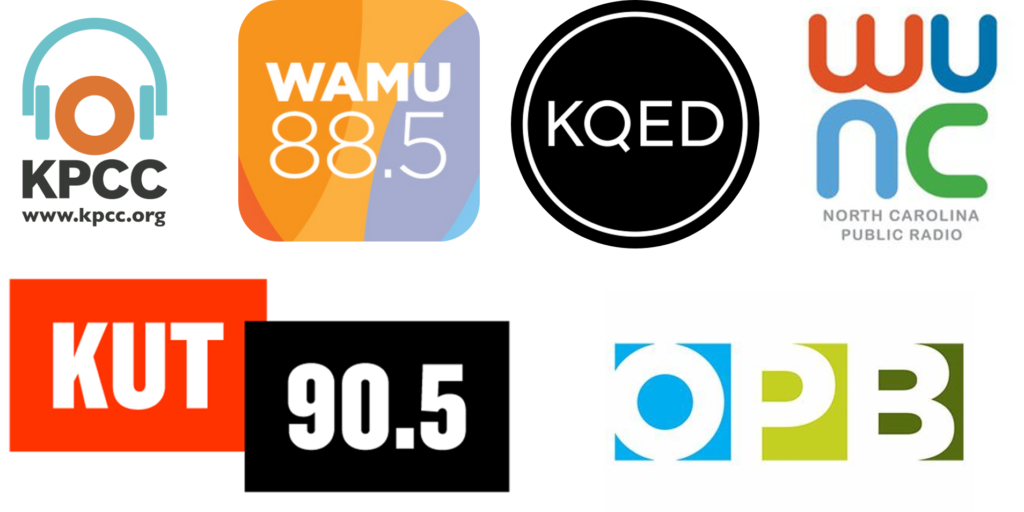
Of course, life as we know it may very well change after January 20th. (Or will it?)
Some believe there may actually be a return to “slow news days” – a phenomenon many exhausted news veterans might welcome for a change. But no matter what happens moving forward, news consumption patterns have changed.
NPR member public radio stations have mostly reaped the benefits of their content, staffing, and financial investments. Given the pattern of commercial radio cutbacks, public radio news stations – especially in PPM markets – are poised to maintain their advantage over every other player in radio. COVID has only amplified their standing.
So, here were sit, on the precipice of 2020 – and there are a lot of critical questions in front of us. They revolve around politics and government, the economy, health, the environment, social relations, education, culture and other big tent poles issues.
There’s never been a better opportunity to provide a true service to consumers as they make their way through the morass, trying to figure out a way forward.
What role will radio play during this groundbreaking moment in our lives?
Here’s to a successful and meaningful 2021.
Yesterday’s post with the first ten positives is here.
- How Will Radio Fare In The Battle For The Fourth Screen? - April 3, 2025
- Like A Pair Of Old Jeans - April 2, 2025
- What’s Fair Is Fair - April 1, 2025




Wonderful! Familiarity & News That Matters with Local Connection.
Absolutely, Clark. Clearly, a takeaway from 2020.
Alongside #18, I’d add that separate streams that serve as brand/format extensions for broadcast stations are probably becoming more important.
I can’t say that these are the best examples, but among the non-U.S. commercial ones that I can think of first are: Argentina’s Grupo Clarín-owned and Deezer-affiliated Cienradios (including some specific extensions of La 100); and the numerous streams from Mexico’s Grupo Acir that are (largely) cobranded with its primary stations/formats (Amor, Mix, La Comadre, Radio Felicidad, and more recently Match) and that are pretty much all listed at https://www.iheart.com/live/country/MX/city/digitalmx-nat-768.
Thanks for adding this. As Americans simply transition to and from streaming like they do radio stations or TV channels, the platform will garner more attention.
Can I just copy my comment from yesterday’s part one?
Done…and done!
Good articles. Radio has always had the ability to be relevant, and the evils of 2020 forced us to compete in new ways. Your #20 struck me as the most important all the points. Straight news is largely dead. Even CBS News (on radio) routinely takes sides for Biden in the election disputes. NPR is literally “State Run News” aimed at the political left. Back in the day, we reported the news: what happened! It would be nice if radio reported straight news and clearly labeled opinion.